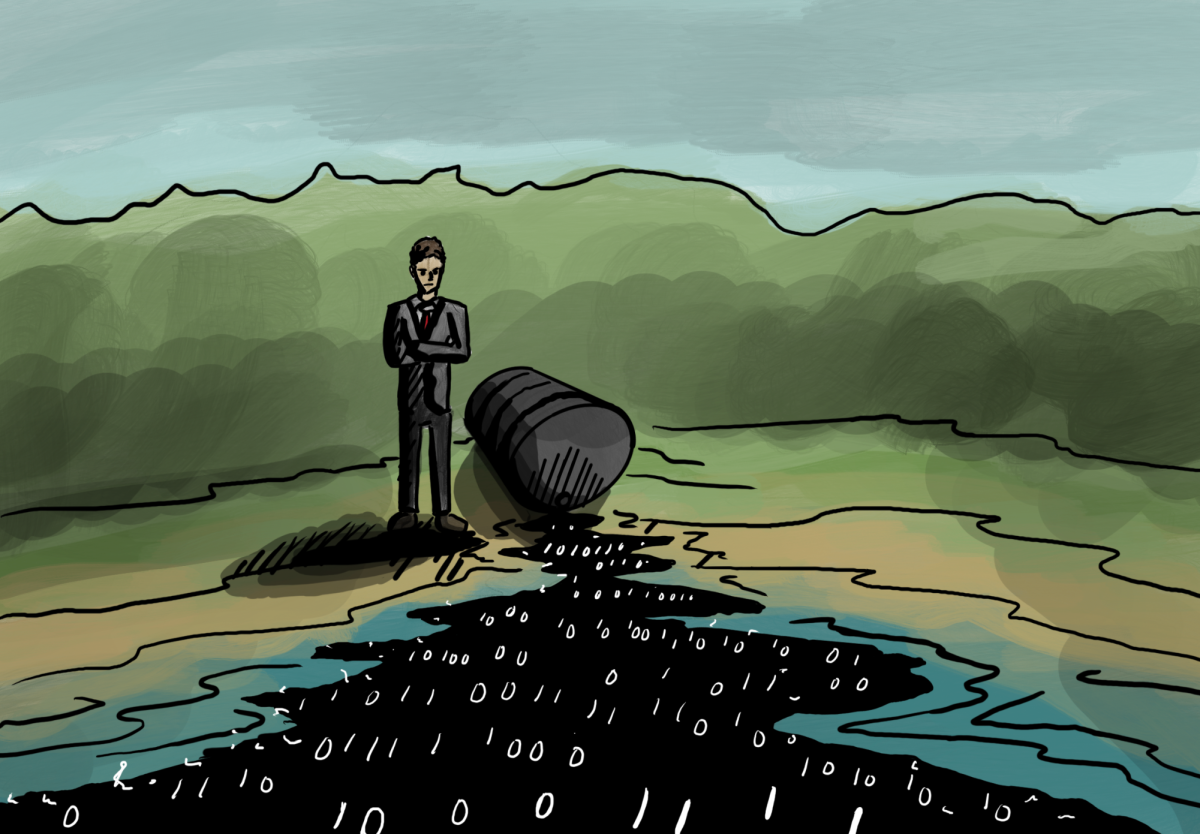There is a growing distance between civilians and U.S. military service members. When soldiers come home from the wars in Iraq and Afghanistan, they are likely to be plagued with feelings of haste to redeploy, homelessness, divorce, drugs, alcohol, depression and suicide.
The odds of any of these happening to soldiers is high according to Charles Hoge’s “Combat Duty in Iraq and Afghanistan, Mental Health Problems, and the Barriers to Care.” In relation to this study, I analyzed nine films, both documentary and fictional, and determined that they are realistic representations of what our soldiers live with based upon the research conducted on said topics.
As citizens of the U.S., we need to be soldiers — people who defend our country’s heroes in a way that the Department of Veteran Affairs, Department of Defense, government and military seem to struggle to execute. Thousands of troops are sent abroad yearly to fight and defend with the warmest regards and highest honors. After the awards are given and the initial warmth of a safe return are over, the cold, hard thrust back into the reality of life at home strikes, leaving soldiers at a loss that only they can understand. These nine films can be used as a means to bridge the gap of misunderstanding and ignorance to these issues.
We should not just watch movies and do nothing; we must change our mind-set. Unfortunately or fortunately, American people seem to have shifted away from reading books and news and more toward immediacy, which is easiest to find and consume through television and movies. With the availability of television programs on the Internet, it is as easy as a few clicks of the mouse to find whatever you want. I must admit that I watched a few films online to gather information for my research. Television and movies are quick and do not require much effort on the end of the viewer. This media could be used as a catalyst for building patriotism in a new context. In my opinion, the best two films showcasing this new patriotism are as follows:
“Gunner Palace” was not the first film I watched, but it was the only film that took place completely during deployment. It is a documentary and a raw depiction of soldier’s daily activities, opinions, thoughts, fears, jokes, missions, etc. Though the viewer is seeing life in Baghdad, there is still a sense of separation, which is indicative of the eminent separation civilians will always feel from soldiers when they come home whether or not they have a basic understanding. The soundtrack is also music developed by the soldiers.
The second film, “The Hurt Locker,” accurately displays the originality and difficult nature of urban guerilla warfare. This type of warfare is more dangerous, more unpredictable and much more stressful. The three characters, James, Sanborn and Reed are cold and distant from one another, which is not unusual since their sole purpose is to disarm improvised explosive devices. It is easier to not make friends when death is such an imminent threat. The entirety of the movie is James disarming IEDs in tight, stressful situations. However, instead of being scared and on edge, he has developed a numbness to the threat of death and seems to have accepted his death if it occurs knowing that he wont feel a thing. This type of stress because of guerilla warfare can lead to intense post-traumatic stress disorder, or like with James, an addiction to adrenalin that can have catastrophic events when returning home.
Watching these films can provide Americans with the information they need to be fighters for the soldiers when they return home.
Alex Novak is a junior art education major. E-mail her at [email protected].







